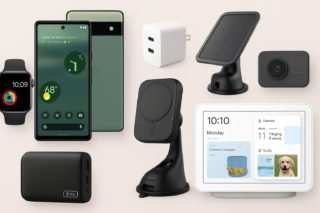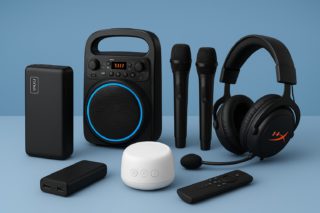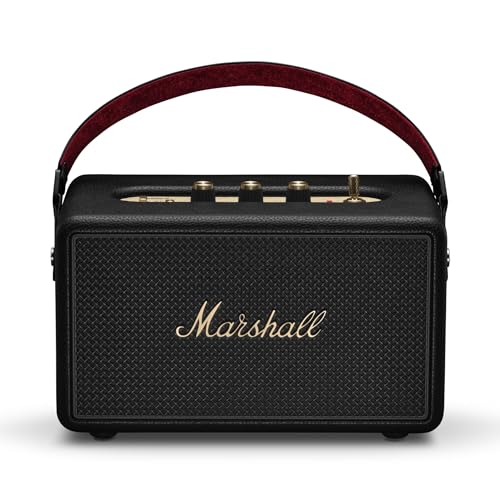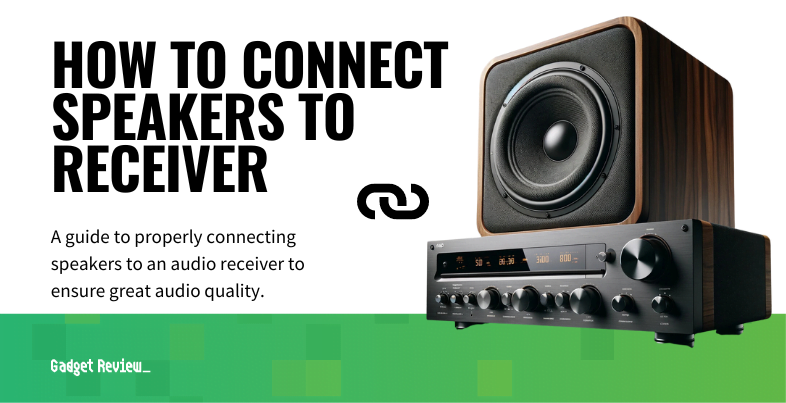Your AirPods just leveled up from simple earbuds to legitimate content creation tools. Apple’s WWDC 2025 announcement introduces studio-quality audio recording and camera remote functionality—features that transform these tiny devices into powerful gear for creators, podcasters, and anyone tired of fumbling with their phone’s camera timer. These exciting AirPods updates mark a major step forward in wearable tech innovation.
Recording Quality That Actually Matters
The studio-quality audio recording isn’t marketing fluff. Apple’s AirPods Pro’s H2 chip now processes your voice through beamforming microphones and computational audio, delivering the kind of clarity that used to require dedicated equipment. Voice Isolation technology allows users to record in noisy environments without sacrificing sound quality, meaning you can capture interview-worthy audio whether you’re in a bustling café or your kitchen during breakfast chaos.
This matters because most smartphone recordings sound like they’re being transmitted through a Game Boy Advance speaker. Your podcast guests will sound professional instead of like they’re calling from inside a washing machine during the spin cycle.
Camera Control Without the Awkward Dance
The camera remote feature solves one of those everyday annoyances you didn’t realize bothered you until now. By pressing and holding the AirPods stem, users can take photos or start/stop video recordings, eliminating the sprint-back-to-your-phone routine after hitting the timer.
Content creators get the biggest win here. No more propping your phone against random objects and hoping it doesn’t fall over mid-recording. Your AirPods become a wireless trigger that works with both Apple’s Camera app and compatible third-party options. It’s like having a personal camera operator, minus the attitude and craft services budget.
The Reality Check
These features target AirPods 4, AirPods 4 with ANC, and AirPods Pro 2—so if you’re still rocking first-gen AirPods, you’re out of luck. The updates arrive this fall as a free firmware upgrade alongside the much-anticipated iOS 26 redesign, currently available for developer testing, with a public beta coming next month.
Some analysts remain skeptical about whether AirPods can truly deliver studio-quality recording in all environments, especially compared to dedicated microphones. Fair point—professional studios exist for a reason. But for the 99% of us who need good-enough quality for video calls, social content, or casual podcasting, this upgrade eliminates the need for additional gear.
Apple continues positioning AirPods as the Swiss Army knife of personal tech, expanding beyond audio into content creation territory. This signals a broader strategy where every Apple device becomes a professional tool disguised as consumer convenience. Expect competitors to scramble for similar integration, but Apple’s ecosystem advantage means these features work seamlessly across your existing devices—a moat that’s getting deeper with every update.





























